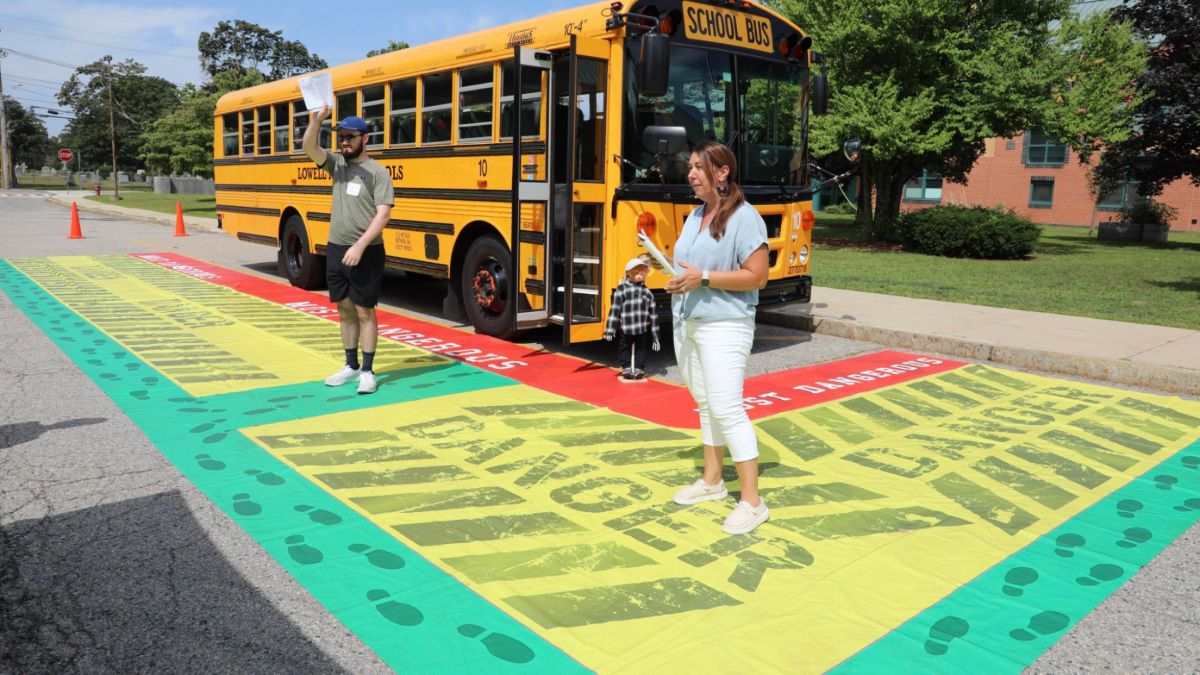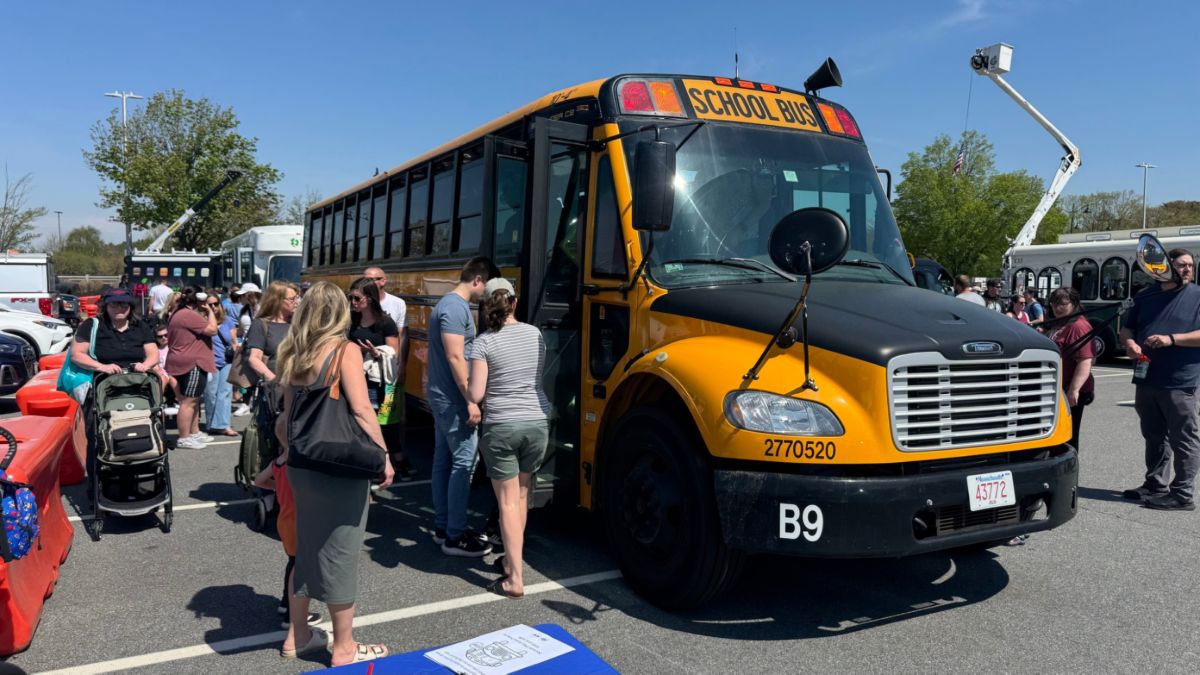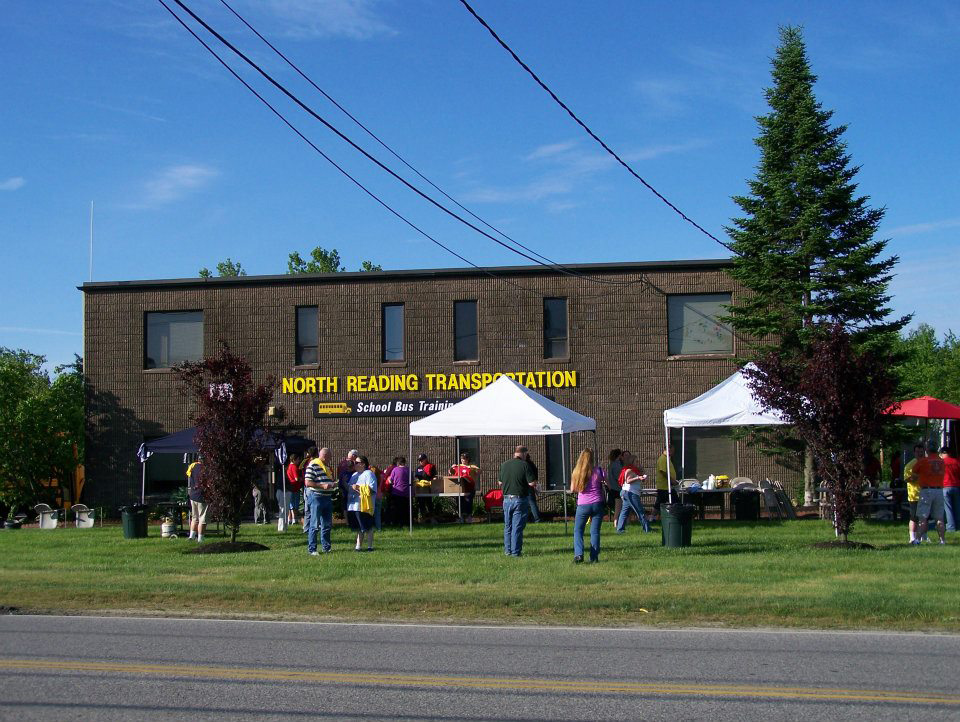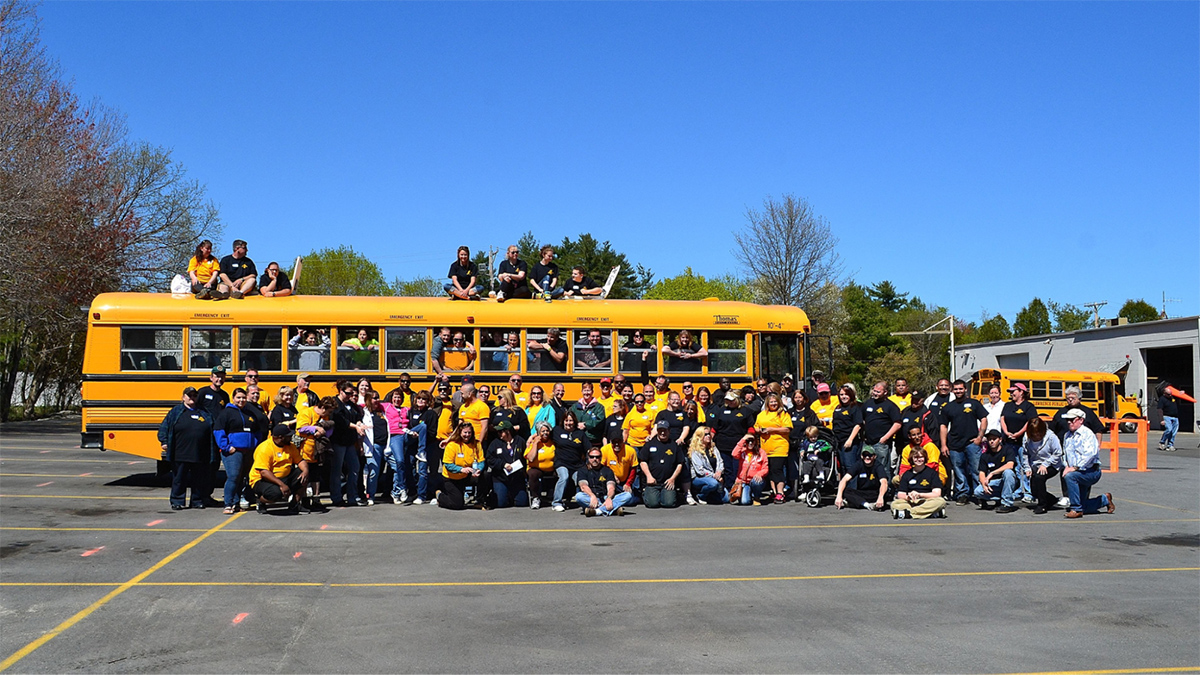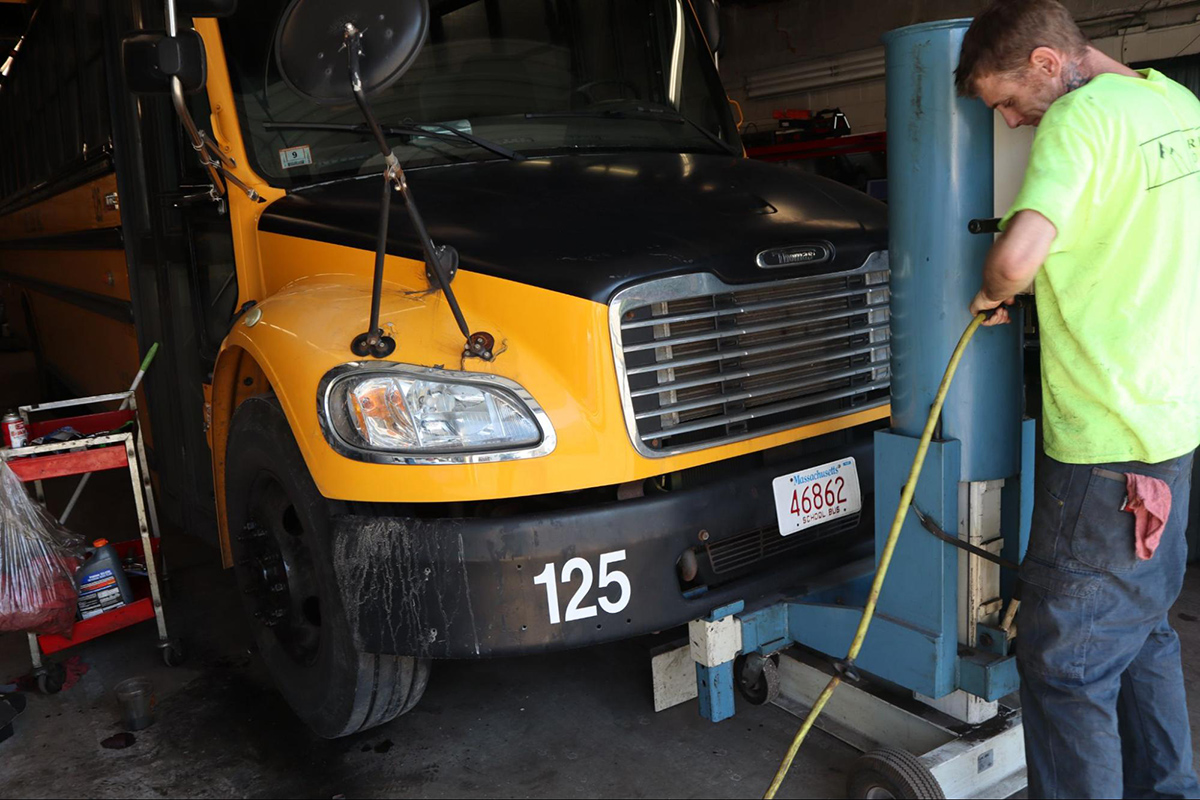Planning student transportation is always a balancing act — but when your field trip involves an early morning charter bus departure, it takes on a whole new level of coordination.
Between commuter traffic, driver safety regulations, and the need to maximize time on-site, those early hours demand extra attention. At NRT Bus, we’ve helped schools across Massachusetts, New Hampshire, and Connecticut navigate these exact challenges. From local museum trips to multi-state educational tours, we know the logistics inside and out — and we’re here to help you prepare with confidence.
Why Early Morning Departures Are So Common
They’re not always easy, but they’re often necessary. Early field trip departures allow schools to meet tight schedules, avoid traffic, and ensure students get the full benefit of the destination experience.
School Schedules and Destination Hours
Most schools operate within a narrow window for off-campus activities. Whether it’s a weekday day-trip or a weekend overnight, timing must align with bell schedules, teacher availability, and destination hours.
Museums, science centers, historical sites, and outdoor learning facilities often open between 9 AM and 10 AM. If your group has a 2+ hour ride ahead, early morning is your best shot at getting the most from the day.
Return logistics matter too — especially on Fridays, when buses must return before afternoon dismissal to keep district fleets on track.
Beating the Traffic (and the Clock)
In most of the Northeast, 6 AM to 9 AM is peak traffic time — particularly around metro areas like Boston, Worcester, or Hartford. Leaving before that window can shave significant time off your journey.
Early departures also give you buffer time for check-ins, rest stops, and any surprise delays. More importantly, they ensure students spend more time learning and less time in transit.
Behind the Scenes: Why Timing Matters for Bus Providers
From legal drive-time limits to overnight scheduling constraints, bus companies like NRT follow strict safety rules that impact early morning logistics.
Driver Scheduling & Federal Regulations
NRT follows FMCSA Hours-of-Service guidelines to the letter. Here’s what that means for your trip:
- Drivers must take 8 hours off before beginning a shift
- They may only drive up to 10 hours after that rest period
- Their total on-duty time cannot exceed 15 hours
- Weather-related delays can add up to 2 hours, if needed
If a driver ran a late charter the night before, they may not be eligible for an early trip — which makes advance planning essential.
Weather and Visibility Risks at Dawn
Fog, frost, rain, and poor light can all make early morning travel more hazardous — especially during the winter and spring. Drivers take extra precautions and may adjust speeds or spacing between vehicles. While student safety is always the top priority, these factors can impact ETA and should be considered when building your timeline.
Common Challenges for Schools — and How to Solve Them
We’ve worked with hundreds of school districts and private programs. Here are a few consistent challenges that come up with early morning charters — and how to stay ahead of them.
Coordinating Student Arrivals
Parents juggling work and drop-off duties may have difficulty getting students to school at 5:30 or 6:00 AM. That often creates congestion in school lots or missed arrivals altogether. We recommend:
- Clear, repeated communication in advance (reminders via email, text, or app)
- Assigning specific drop-off windows or zones
- Encouraging carpooling among families
Having a transportation liaison onsite to check in students and help with loading is also a huge help.
Checklists and Last-Minute Readiness
The early hour means students (and staff) may forget key items. You can prevent that with a simple packing strategy:
- Send home a detailed packing checklist
- Include weather-appropriate clothing, meds, and water
- Encourage items like travel pillows or books to ease the ride
- Ask students to pack bags the night before — not the morning of
Many teachers have students do a “mock boarding” in the classroom ahead of the trip to rehearse behavior expectations and logistics.
What NRT Recommends for a Smooth Departure
You can’t control traffic or weather — but you can control how well your trip is organized.
Communicate the Itinerary Early
Distribute your full itinerary — departure time, destination address, return time, and emergency contacts — at least 1–2 weeks before the trip. Make sure families understand:
- When the bus leaves (not when students should arrive)
- What to expect at the destination
- What their child needs to bring (and leave at home)
Assign Roles Within the School Staff
Whether you’re taking 25 students or 125, your adult team needs structure. Consider assigning:
- 1 Trip Leader (point of contact for the bus company and staff)
- 1 Chaperone Captain (handles student supervision and accountability)
- 1 First Aid Lead (carries medical kits, emergency contacts, and allergy info)
This reduces the pressure on any one individual and ensures smoother responses if issues arise.
Confirm Details with Your Charter Provider
We recommend that trip organizers reconfirm trip details 48 hours in advance. With NRT, that includes:
- Pickup address and departure time
- Route and rest stop plan
- Driver name and contact (if available)
- Vehicle number and onsite protocol
This simple touchpoint prevents last-minute surprises and gives everyone peace of mind before wheels roll.
What to Pack (and Prep) the Night Before
You’ll never regret over-preparing for an early trip. Here’s our proven prep checklist for students and staff:
For Students:
- Light blanket or hoodie
- Healthy, low-mess snacks
- Refillable water bottle
- Meds and permission slip (if required)
- Notebook or guided worksheet
- Weather-appropriate clothing and comfortable shoes
For Staff:
- Printed itineraries and emergency contacts
- First aid kit + allergy info
- Roster and seating chart
- Contact numbers for parents, admin, and transportation
- Optional: backup charger, wipes, tissues, clipboards
Planning the night before means students arrive calm, ready, and focused.
Field Trip Driver Tip from NRT
Our drivers appreciate early prep too. We recommend:
- Reviewing the route and timing the night before
- Mapping rest stop options every 2–3 hours
- Keeping emergency detour options available (especially near major metro areas)
- Confirming school contact info in case of early arrival or unforeseen delays
Final Thoughts: Plan Ahead, Ride Smooth
Early morning departures aren’t just doable — they’re often the smartest way to get the most from your trip. With the right planning, communication, and coordination, they can be stress-free, safe, and even enjoyable for everyone involved.
Ready to Book Your Field Trip with NRT?
Get ahead of the chaos. Let our experienced team guide your next early morning departure from start to finish.
Call us at TODAY or request a quote.


